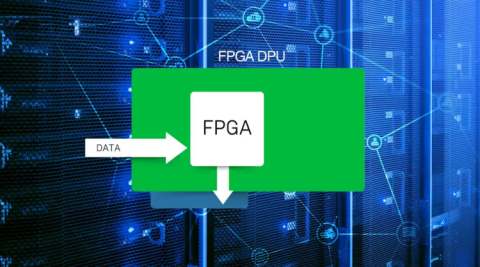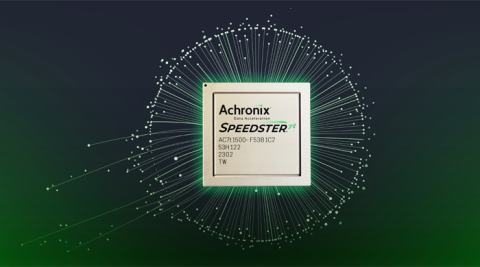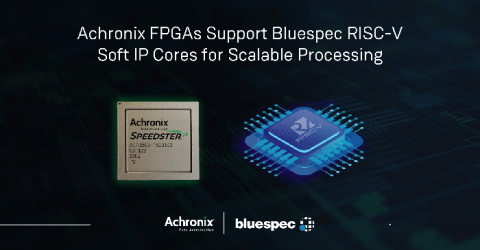| Blog Icon | Blog Title | |
|---|---|---|

|
Five Architectural Reasons Why FPGAs Are the Ultimate AI Inference Engines– Jay Aggarwal, Senior Director Product MarketingAs artificial intelligence (AI) models grow more complex and pervasive, the industry continues to grapple with finding the most effective hardware to meet the evolving needs of AI inferencing. While GPUs, TPUs, and CPUs have traditionally handled various AI workloads, FPGAs — especially when backed by high-performance architectures such as Achronix Speedster7t FPGAs — offer unmatched advantages in flexibility, efficiency, and real-time performance. |
> |

|
Achronix and BigCat Wireless Collaborate for 5G/6G Wireless– Alexandra Saavedra, Demand Generation ManagerDiscover how Achronix Speedster7t FPGAs, paired with BigCat Wireless DSP IP, deliver groundbreaking performance for 5G/6G networks with enhanced MIMO, beamforming, and real-time processing capabilities. Explore advanced machine learning processors, optimized DSP kernels, and scalable solutions for future wireless technologies. |
> |

|
Achronix Achieves up to 300% Improvement in SoC Verification Times with Synopsys Cloud– Umesh Nawathe, Sr. Director of Hardware EngineeringHow Achronix accelerated SoC physical verification times by up to 300% using Synopsys Cloud. Learn about innovative solutions and improved productivity in our latest blog post. |
> |

|
Networking Game Changer: The Potential of SmartNICs with Achronix FPGAs– Bob Siller,Director, Product MarketingExplore the transformative power of Achronix FPGAs in SmartNIC technology. Discover how composable SmartNICs redefine networking with unparalleled adaptability and performance. Read our latest article on Electronic Design's TechXchange.
|
> |

|
Accelerating LLM Inferencing on FPGAs– Bob Siller,Director, Product MarketingHow do Speedster7t FPGAs stack up against GPU solutions when running the Llama2 70B parameter model? The evidence is compelling — Achronix Speedster7t FPGAs outperform in processing LLMs by delivering an optimal combination of computational power, memory bandwidth, and exceptional energy efficiency. |
> |

|
Enabling Scalable Processing with Achronix FPGAs and Bluespec's RISC-V Soft Processors– Alexandra Saavedra,Demand Generation ManagerAchronix Semiconductor and Bluespec, Inc. have unveiled a highly scalable suite of Linux-capable RISC-V soft processors specifically designed for the Achronix Speedster7t FPGA family. |
> |

|
Maximizing Data Conversion Efficiency: A Deep Dive Into the Achronix JESD204C Solution– Scott Schweitzer, Director of SmartNIC Product PlanningDiscover Achronix's cutting-edge JESD204C solutions on Speedster7t FPGAs, offering high-speed data converter interfaces for your custom ADC/DAC designs. Learn about increased lane rates, robust links, and more. Request a free demo now! |
> |

|
What’s New in FPGAs at Achronix: A Q&A With EDACafé– Alexandra Saavedra,Sr. Marketing & Communications ManagerOur VP of Marketing, Steve Mensor, recently sat down with the team from EDACafé to talk about what's new in the world of Achronix. Read on to see the highlights of Steve's recent Q&A session. |
> |

|
Unleash Reprogrammability & Connectivity: Visit Achronix at FPGAworld Conference 2023– Alexandra Saavedra,Sr. Marketing & Communications ManagerFor two days, FPGA researchers, and engineers from around the globe will converge in the heart of Stockholm and Copenhagen. Our team of FPGA experts invites you to visit to get a firsthand look at the latest advancements in FPGA technology shaping several industries' future. |
> |
